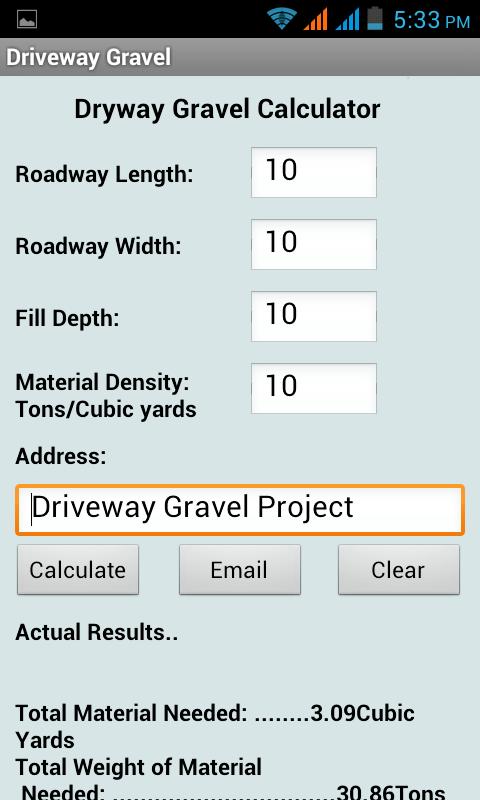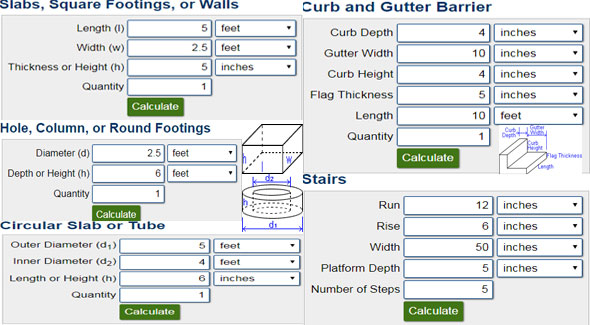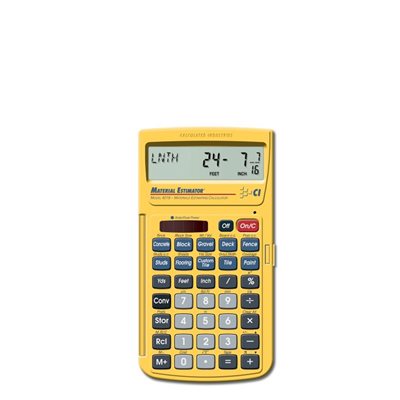
But watch out! It also might burn your feet on a sunny day! If you want your path to look natural, you should go for gray or light brown gravel. Darker colors will retain more heat and raise the temperature of gravel so it will dry more easily. Color – this is an important attribute of landscape gravel, as it needs to fit your personal taste and the environment – the style in which your house and yard are designed.Examples of angular types of gravel are decomposed granite, lava rock, and quartzite.

This is thanks to particular rocks locking into one another. Although not as comfortable to walk on (if someone falls they might even get hurt!), it holds together more effectively. The other option is to choose an angular type of gravel. The owner of a pea gravel path has to get used to raking and refilling gravel from time to time.

It can shift under pressure, creating footprints or trails behind your car. However, pea gravel also has its downsides. It will not only be pleasant for the feet of your children (because of its smoothness) but also attractive to the eyes of you and your neighbors. We can go for pea gravel that consists of smooth, round, naturally-weathered stones. Shape – we will talk about shape in terms of the topmost layer of our gravel path.At higher levels we would like to have gravel of a smaller size that will fit into the holes between the stones of the foundation layer. We can add sand or dirt to this basal layer of gravel. First, we can lay machine-crushed gravel of a larger size that will serve as a solid foundation for more aesthetic higher layers. Normally, we would like our gravel path to consist of 2 or 3 different layers of gravel. Of course, different sizes serve different purposes. We can find some with rock fragments 4 inches (about 10 cm) in diameter and others with a particle the size of your fingernail. Size – there are many sizes of gravel.We can differentiate various types of gravel on the basis of: If you are going to use sand instead of gravel, try our sand calculator or the paver sand calculator.Ĭrushed stone is another alternative that you can use. Our gravel calculator will display this value for you. The volume of gravel required is equal to the volume of excavation.Multiply the area and depth of the excavation to obtain its volume in cubic yards: 18 * 2 = 36 yd³.


Determine the length and width of a cuboidal excavation.It is equal to the volume of an excavation, and you can do it in the following way: PLEASE NOTE - Our gravel calculator is NOT for use with Resin Bonded Aggregates, Aggregates, Rubber Chippings and Pebble-dashing.Step one is establishing the volume of gravel needed. If you are ordering a larger quantity of slate, aggregate or gravel, you can call us on 01524 831 463, as there may be savings in transport costs on orders over 15 bulk bags, or on a loose tipped load of 20 tonnes or more. The bigger aggregate will settle down and bond together better than the 10mm, on driveways this may have a tendency to rut and need a level of upkeep to keep looking level and smooth. Normally, for use by pedestrian traffic you would lay a 10mm aggregate at 3-4cm (approx 1.5") deep, but on a driveway to take vehicles you would go to 5cm (approx 2").įor a 20mm aggregate, you would need to lay a 4-5cm deep (approx 2") and a little deeper on drives. The size of the gravel and aggregate and what you intend to use it for will determine the depth. As the size and structure of the different aggregates we have differs we must emphasize that it is only a rough guide to help you get to the likely approximate volume of slate or gravel required for the area. We have created an online gravel calculator to help you estimate roughly how much you will need.


 0 kommentar(er)
0 kommentar(er)
